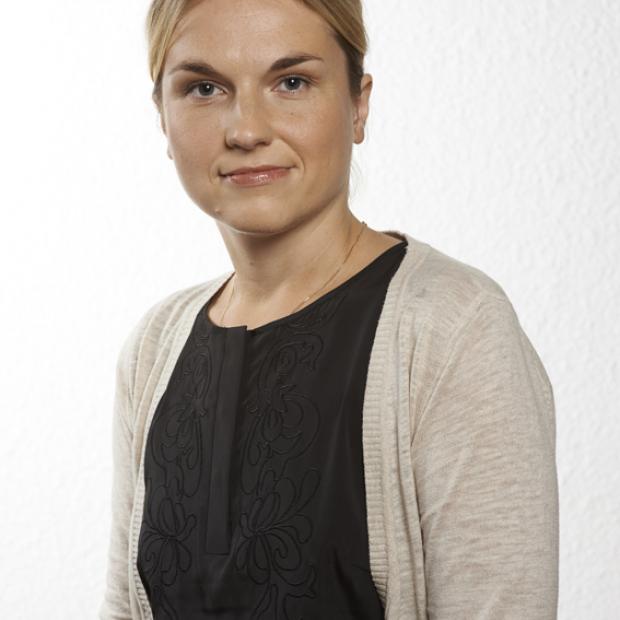Doctoral thesis determined how mire mosses cope with changes in environmental conditions
Doctoral student from Tallinn University School of Natural Sciences and Health Martin Küttim defended his dissertation in which he investigated the effects of winter conditions and climate change on mire mosses in Estonia and Finland.
The annual average temperature has significantly risen over the last few decades. As a result, the depth and duration of snow cover has decreased, leaving plants unprotected from frost, the cycle of freezing and melting and direct sunlight in winter. This causes a lot of stress for plants, including mosses.
In his dissertation, Martin Küttim investigated how mire mosses adapt to environmental conditions and changes. For this, he measured how much mosses grow and photosynthesise in different conditions, how big their physiological stress is and how much chlorophyll and nutrients they contain. The author also analysed several other parameters that influence the successfulness of their life.
The dissertation revealed that winter conditions may significantly affect the life of plants, including mosses, in summer. According to Küttim, a field experiment in the habitat of petrifying springs proved that the mosses which were not covered by snow in winter were under bigger physiological stress and photosynthesised less effectively the following summer compared with the mosses which spent the winter under snow. The differences between the two groups of mosses evened out only by the following autumn.
“As different plant species can cope with environmental conditions to a varying degree, winter conditions can also somewhat affect the development of species composition in our mires,” confirms the author of the dissertation.
Martin Küttim finds the growth of peat mosses in late autumn and winter one of his most important discoveries, which earlier studies have noted in warmer climates, but not in the climate of Estonia and Finland. According to him, at the same time, it can be seen that due to the increasingly dry summers caused by climate change and land use, peat mosses do not grow too much in summers, but their growing season might extend into late autumn and winter.
“This way, the annual growth rate of peat moss might not decrease as a result of climate change, but the period might shift in terms of the season,” the author explains.
If climate change separately affects individual plants, it influences their ability to cope with environmental conditions and plant competition. So, some species might disappear and others may replace them. To sum up his thesis, Martin Küttim says that this kind of transition can significantly influence the wider functions of the mire ecosystem, for example, the ability to bind carbon from the air to the peat through mosses, to preserve and clean fresh water, but also to maintain the biodiversity of the environment.
Martin Küttim’s thesis is the first known study in which the growth rate of peat mosses has been measured in boreal and hemiboreal mires in winter separately from other seasons and which has substantially analysed the results.
The dissertation is entitled ‘Ecophysiology of Boreal Mire Mosses – Effects of Winter Conditions and Consequences of Climate Change’ (Talviste keskkonnatingimuste ja kliimamuutuste mõju boreaalsete soosammalde ökofüsioloogiale). The public defence was held on Wednesday, 9 December.
The dissertation was supervised by project manager Mati Ilomets from Tallinn University and researcher at the University of Oulu and senior researcher at the Geological Survey of Finland Anna Maria Laine-Petäjäkangas. The opponents were professor Eeva-Stiina Tuittila from the University of Eastern Finland and researcher Gustaf Granath from Uppsala University. The dissertation is available in the ETERA digital environment of TU Academic Library.




